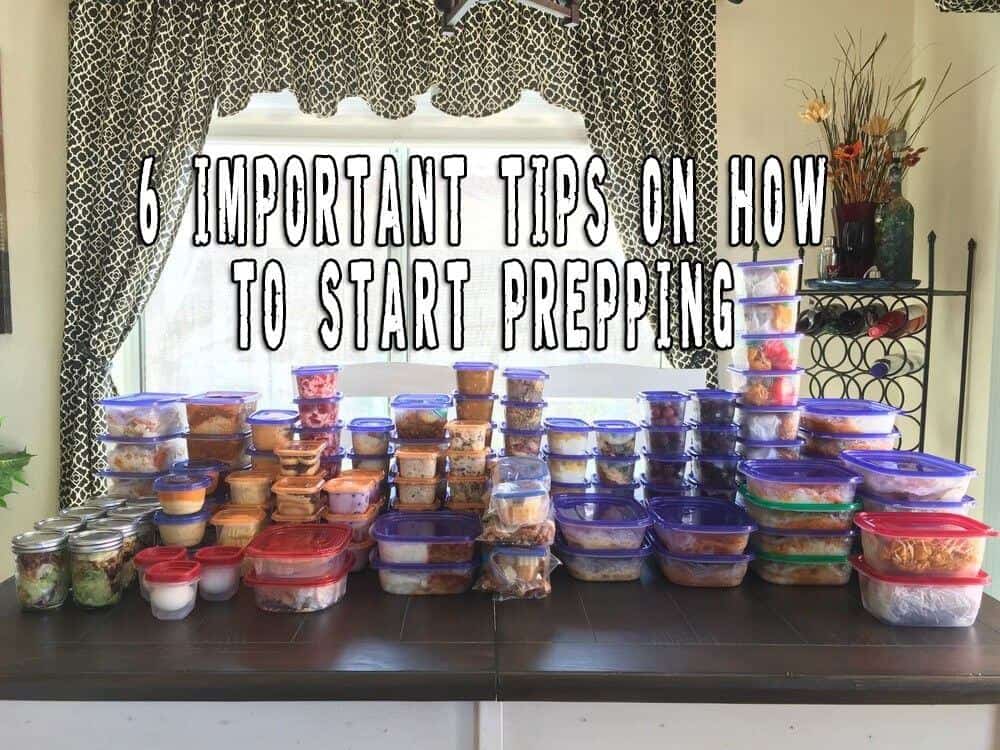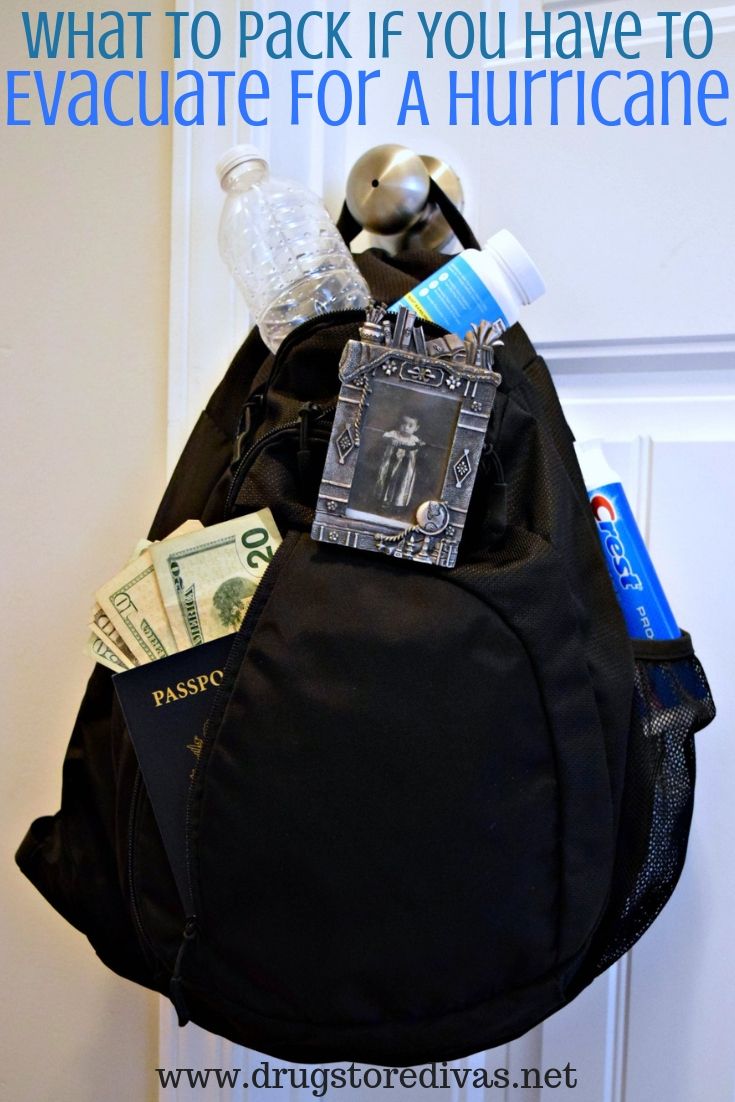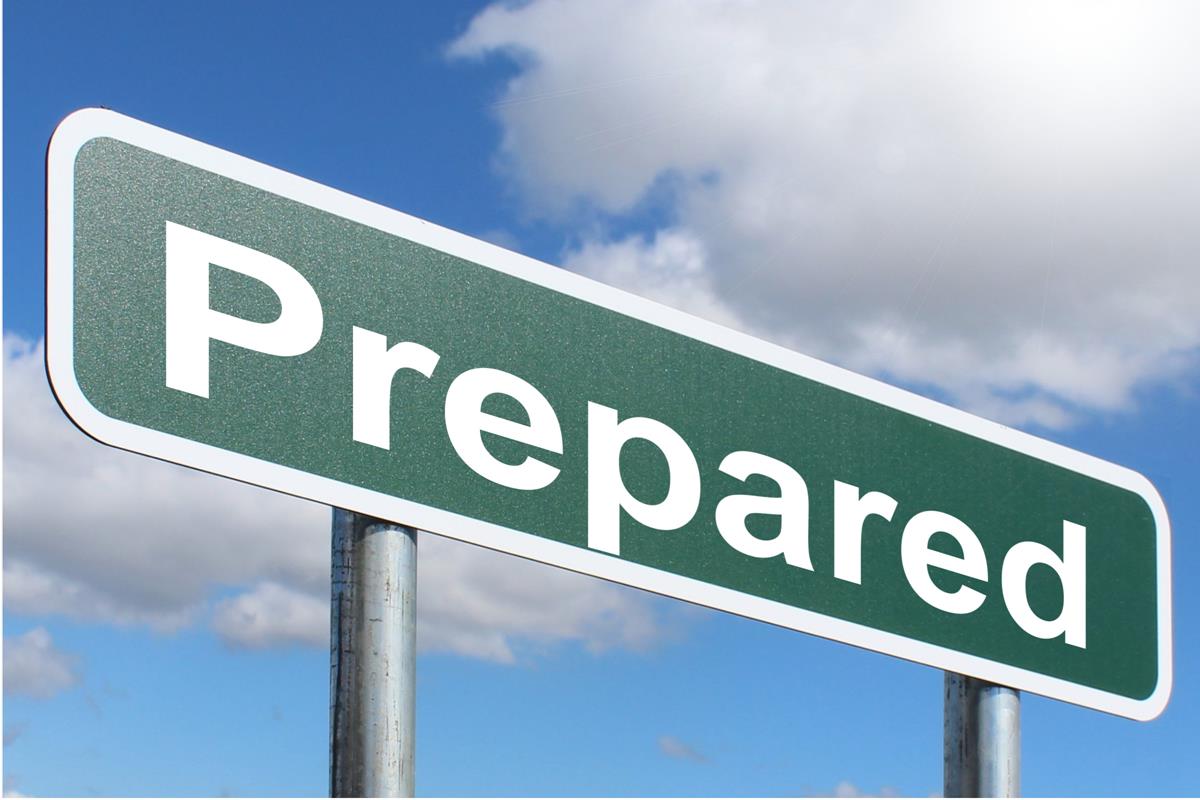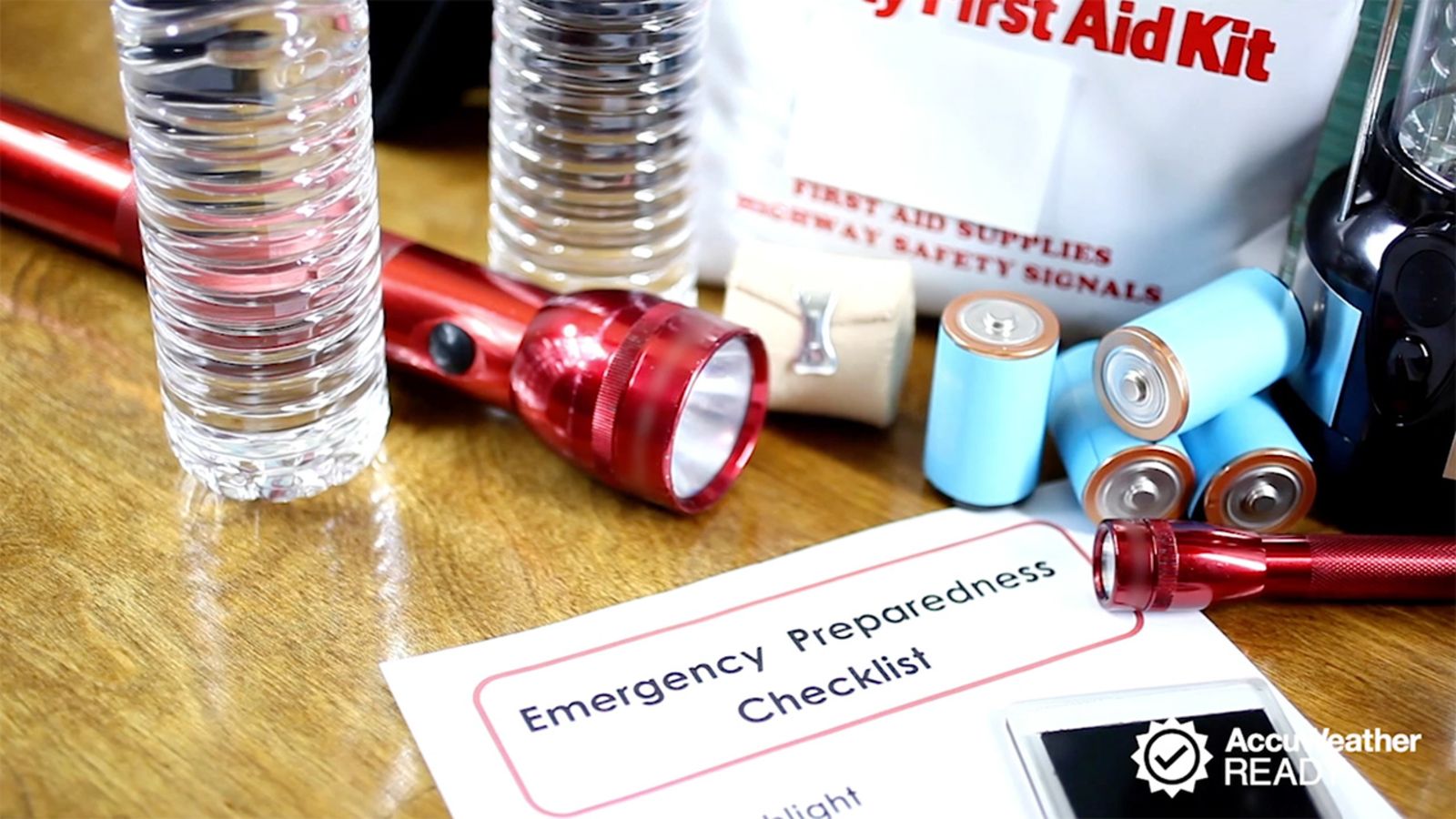Educate Yourself:

- Research and learn about potential emergencies and disasters that are likely to occur in your area.
- Stay updated on local and national news to understand current and potential threats.
- Learn basic first aid, CPR, and emergency response techniques.
Create a Plan:

- Develop an emergency plan for your household, including evacuation routes, meeting places, and contact information for loved ones.
- Ensure everyone in your family is familiar with the plan and their roles and responsibilities.
- Keep a digital copy of your plan on your phone and a printed copy in a safe location.
Build an Emergency Kit:

- Assemble an emergency kit with essential supplies to sustain you and your family for at least 72 hours.
- Include food, water, first aid supplies, medications, flashlights, batteries, a radio, a multi-tool, and a NOAA weather radio.
Prepare Your Home:
- Reinforce your home against potential hazards. For example, secure loose objects, install storm shutters, and have your roof and foundation inspected regularly.
- Store flammable and toxic materials securely and keep fire extinguishers and smoke detectors in working order.
Stock Up on Supplies:
Practice and Drill:
- Regularly review your emergency plan and conduct drills to familiarize everyone with their roles and responsibilities.
- Discuss potential scenarios and practice evacuating your home safely.
- Consider taking preparedness courses or workshops to enhance your skills.
Stay Informed and Alert:
- Monitor weather forecasts and alerts. Sign up for emergency notifications from local authorities.
- Charge your electronic devices in advance and keep a spare battery pack on hand.
- Stay informed about the status of utilities and infrastructure in your area.
Consider Your Pets:
- Include your pets in your emergency plan. Have pet supplies (food, water, medications) and a pet carrier ready.
- Identify pet-friendly shelters or accommodations in your area.
Collaborate with Neighbors:
- Establish communication and support networks with neighbors. Share resources, information, and assistance during emergencies.
- Consider organizing a neighborhood watch program to enhance safety and preparedness.
Prepare Financially:
- Have a financial plan in place to cover emergencies. Keep cash on hand and consider purchasing emergency preparedness insurance.
- Ensure you have access to important financial documents and information in case of a disaster.
How To Start Prepping











